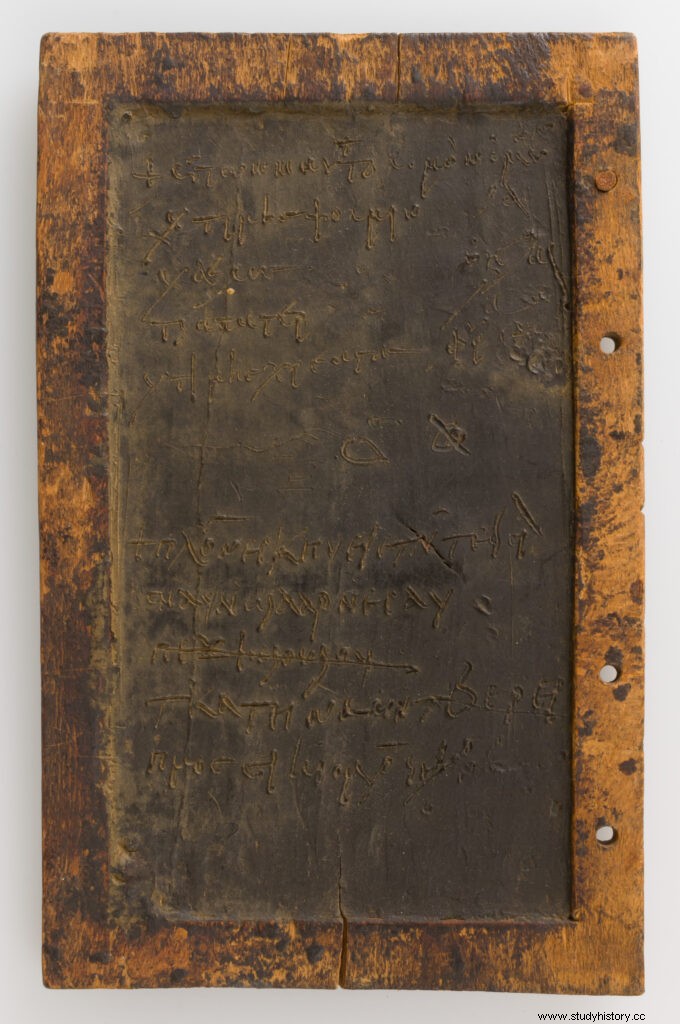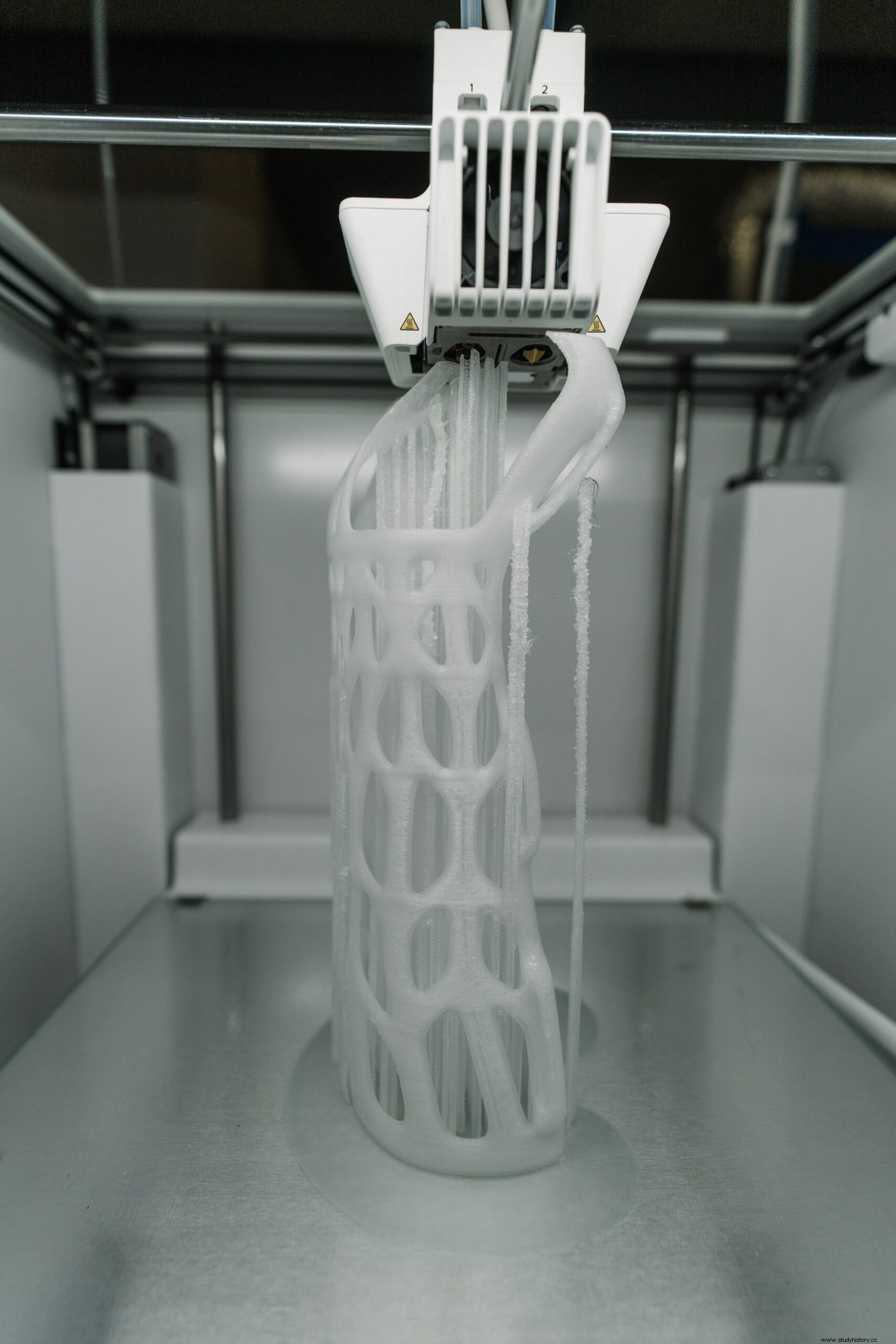How important was the invention of paper for the progress of civilization? The answer is huge. From the evolution of writing to the explosion of knowledge during the Industrial Revolution, paper has shaped our way of understanding almost everything we humans have to offer.
Imagine a life without paper. Dissemination of knowledge, history, passed teaching, entertainment, translation, etc., must rely on oral communication. Now think about how the impact of verbal communication would have on our need to perform everyday functions. Reliable information is what paper can provide. knowledge can be given to the masses that can last for several generations. It is with writing and paper that something so permanent and accurate can be transported with such efficiency.
Introduction
Almost as valuable as language itself, it is important to understand that without paper, the development of civilization would be much slower. Information is power, and the invention of paper is one of the most powerful tools. So in order to enter the world of papermaking, we must first examine how its predecessors or paper prototypes came to be.
Early papermaking techniques
The earliest papermaking techniques involved several methods, mainly from stone, bark, animal skin, wood, clay and plant fiber.
There are examples from all over the world that mark the language in this pre-paper age. The Egyptians carved hieroglyphs in stone and later on sheets of papyrus fiber. The Sumerians had etched a written language called cuniform in stone and clay tablets.
The Middle Ages, the Romans and the Byzantine Empire used wax tablets before the invention of paper to write. Encapsulated in a wooden frame was soft wax so people could write. Wax tablets were useful as they could be easily reused by melting the wax and letting it harden repeatedly.

Ancient China
Although there are debates about the origin of the paper, the majority of historians give credit to Ts'ai Lun (Cai Lun) in ancient China. Ts'ai Lun was born in Guiyang China (now Leiyang) around 50 AD. and invented paper in 105 AD. He worked as a civil servant, and one of his tasks was to create a written material that was easy to use. He was credited in the fifth century by the scholar Fan Ye in the official journals of the Han dynasty.
Ts'ai Lun's method of papermaking involved finely chopped mulberry bark and hemp cloths and mashing them into a paste with water. When he pressed the glue on a flat surface and then dried it in the sun. People in ancient China wrote on bamboo or silk before paper, but bamboo was considered too heavy and silk too expensive.
Ts'ai Lun's invention quickly led to the expansion and rendering of handwritten prayers in Buddhist monasteries, and by 650 CE, China was creating block printouts and began printing prayers instead. People eventually started making not only paper but also paper products. Dragons, playing cards and what we know as paper money were made during the Song Dynasty (960 -1279 AD).
The invention of paper spread rapidly to other nations such as India, Eurasia, the Middle East, Korea and Japan. In 700 AD the Abbasid caliphate began using paper during the expansion of the Islamic Empire.
Codex:Earliest book form

Before a book was a book, it was called a codex. And before a codex, people were mostly addicted to scrolls. Although very similar to a book, a codex used sheets of papyrus and did not use paper. The structure of a codex had two advantages. Firstly, they provided a protective cover, and secondly, separate pages had the ability to scroll in sequence. Codexes were handwritten and often included artistic designs on both covers and pages. Artificial illustrations were used to tell stories and create aesthetics, almost as much as they do now.
Effects of paper in the Middle East, 700-1300 AD
The use of paper in the Middle East had significant effects on improving long-term literacy and economics between 700-1300 AD. This part of the article refers to research conducted by Maya Shatzmiller at the University of Western Ontario. During the Middle Ages, it became difficult to keep up with the demand for stationery. This made the transition from papyrus to paper. In fact, it was monopolies in papyrus production that made writing materials expensive. Abbasid Caliph's administration was forced to buy paper from these monopolies.
Maya calculated that papyrus was expensive by comparing the salaries of unskilled and professional workers and looking at how they could afford papyrus. With the introduction of paper, these prices dropped significantly. By looking at databases of book prices and comparing them with the purchasing power of wages, she managed to conclude with the dramatic fall in prices between the 11th and 12th centuries. "The average cost of a book was 2.80 dinars in 11th century Egypt, 0.87 dinars in 12th century and 0.52 dinars in 13th century (as quoted in Shatzmiller 2018, 13)." In connection with purchasing power, this meant unskilled workers in the 11s. Egypt worked 41 days to buy a book, 14 days in the 12th century and 8 days in the 13th century.
Therefore, paper had a significant contribution to the economy compared to expensive papyrus at that time. And as an additional result, this increased reading skills due to cheap commercialization.
Early European paper industry
Paper was brought to Europe during the 11th century. It was in Italy where most of the early paper producers were located. Paper was produced en masse and distributed to the rest of Europe. Initially, paper was not very popular in Europe because the quality was considered inferior. It was also believed to have come from Muslim culture which may have been rejected by the Christians who dominated Europe. In particular, the Holy Roman emperor Frederick II ordered that paper not be used for public documents. Therefore, paper did not become popular until the invention of the printing press and improvements were made to improve the quality.
European advances included automatic hammers for making pulp, developing adhesives that did not attract insects, bleaching and watermarks. Even with all these new improvements in papermaking techniques, it can be argued that paper never really took off to change the world as it did before the invention of the Printing Press. Until then, the world used mostly wooden presses and moving types as an early form of printing.
Trykkeriet

The printing press was first invented by Johannes Gutenberg in 1444 in Strasbourg, France. Johannes was an inventor, publisher and goldsmith from Germany. Gutenberg's printing press contained movable metal in Gothic script which was then inked and pressed down onto a sheet. His first project was a 42-line edition of the Bible, nicknamed 'Gutenberg's Bible'. It was the first time a book had ever been mass-produced and sold immediately. Currently, 48 copies remain today.
This invention led to a power plant with information in the 15th century when knowledge could be quickly shared in a way that shook the world. It not only shared the information that affects our ability to learn, but also had different worldviews. In the 15th century, this led to the spread of Christianity and Protestant religion, and Lutheranism that encouraged people to read and write. Many books began to be translated, and people could now read books in languages they understood.
Printing Evolutions 1843-present
With the successful development of paper, it was time for the printing press to take over and continue the legacy. There have been several notable achievements for the printing press, each time changing the way we look at print information faster and cheaper.
Rotary Press
The Rotary Press was invented in 1843 by Richard Hoe and has the nickname 'Hoe Press'. around the basket which meant that it could be fed continuously. Keeping the cylinder free of nicks and damage was of great importance to maintain a quality standard. The end result was that prints were published much faster than its predecessor, the movable printing press.
Offset printing - 1875
Offset printing stormed the world in 1875, an invention of Robert Barclay who created the first offset lithographic printer. And this printer was reinvented by Ira Washington in the United States in 1901. Originally using Barclays designs, offset presses were made of tin while Washington improved the design by using rubber that produced designs that were much sharper and less prone to nicks and errors. Offset printing is used today and is largely unchanged. The process is about colors that are separated and passed through a series of cylinders and then passed through a rubber cylinder to create a final image. This printing method is designed for large volumes of production and is often more economical than other printers after more than 2000 sheets.
Inkjet printing - 19 51
Inkjet printers are appropriately named for the printing process. Invented in 1977 in Japan by a Canon employee Ichiro Endo. Inkjet paper are dot-based printers that produce images using ink jets that are sprayed onto specified areas. These dots are small enough that they are not noticed by the human eye. Another dot-based printer, similar to the inkjet printer, was the Dot Matrix printer, but earlier models of the Dot Matrix were tall and could only print text. The advantages of inkjet printers are that they are relatively inexpensive, quiet and produce quality images. However, they are not built for high-volume printing, ink cartridges are expensive, and marker pen markers cannot be used over inkjet printers.

Laser printing
What you think of when you think of laser printing can be the company Xerox. And that's perfectly normal, because Gary Starkweather, an employee of the Xerox company, was the inventor of laser printing in 1969. By refining a technique called Xerography. Xerography is a method of dry printing invented by physicist Chester Carlson in 1938. Laser printing works by directing a laser to a mirror with the text and / or image. The image is placed on a drum where it is negatively charged. It then comes in contact with positively charged powder tones. This is known as static electricity. Positively charged toner is attracted and stuck on the negatively charged image. It is then passed through two cylinders that melt and melt the toner on the paper.
Bonus:3D printing
Although this type of printing technology may not include the paper industry, it is relevant to understand that without paper, this 3D printing could not have been invented at all. 3D printing was invented by Chuck Hull in 1984 and involves a method called stereolithography. A process in which a light source is used to cure liquid resin to plastic. 3D printing has been used for many applications, such as reducing production costs, prototyping and construction, and is even used in the jewelry industry.

Meaning in anthropology
Basically, I wrote this article to show gratitude and appreciation to the inventors of paper and print production for the amazing work they did. Without them, many paper products we take for granted such as newspapers, books, posters, packaging, etc. would be much more difficult to obtain. Even in the digital world, institutions such as hospitals, administration, post offices, schools would suffer from printing efficiency. The printing press is one of the most useful and invaluable inventions of our time. Part of us who make us human is the language and knowledge we retain, but also our ability to communicate and learn complex ideas. The fact that paper has such a long history should tell us that our need to write and write something is crucial to our self-expression.
